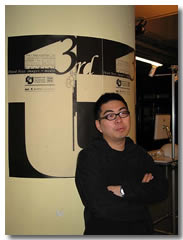Self-financing Associate Degree programmes: the financial challenge
Securing a high degree of financial viability without sacrificing too much in quality is, perhaps, the most daunting challenge
In 2002-03, recurrent income (UGC subsidy plus tuition fees) from government-funded AD programmes reached about HK$450 million. UGC funding for 13 of the 19 existing AD programmes, however, will be withdrawn by the year 2007D08. By then, CityU will lose some 70% of the recurrent funding in this area, or approximately HK$300 million.
Currently, the estimated unit cost for the UGC-funded AD programmes hovers between HK$90,000 and HK$100,000, according to figures obtained from theTuition fees for a non-UGC funded AD place at CityU now stand at HK$45,000 a year. This is the only income in a self-financing mode of operation. In order for such programmes to break even, expenditure has to be cut by 50%. This goal is perhaps most efficiently met by suppressing the direct cost, now largely made up of staff salary and related benefits. Another cost-saving solution may involve an increase in teaching load and class sizes, in order for the self-financing AD programmes to be launched, and continued to operate, on a stronger financial footing.
The responsibility of determining the parameters of financially viable self-financing AD programmes will, from now on, rest on the shoulder of the soon-to-be established Working Group of the Council when it meets on 23 June.
*** This story appears in Linkage Issue No.223 ***
